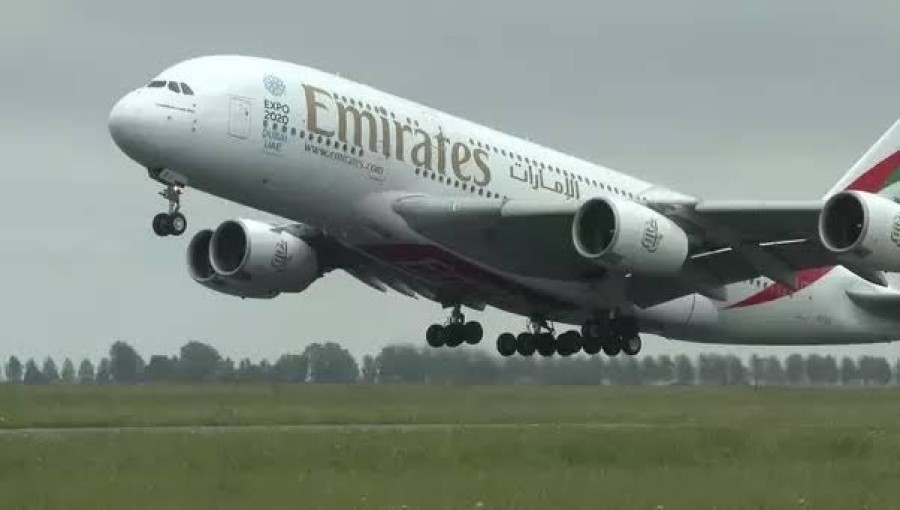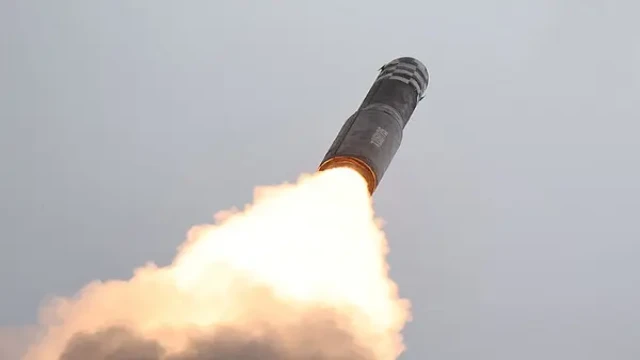Aircraft, despite their massive weight, can effortlessly float in the sky, much like birds. The flight of birds, which involves feathers, hollow bones, and light but firm feathers, serves as an inspiration for aircraft design. Here’s a look into how planes manage to take to the skies.
Understanding Aircraft Mechanics
The mechanics of flight involve understanding the structure and function of aircraft engines and propellers. Unlike car engines, aircraft engines are uniquely designed to achieve flight. Four primary forces at play during flight are lift, weight, thrust, and drag.
Engine and Propeller Design
Aircraft engines are built to propel the plane forward at high speeds. This propulsion causes air to flow rapidly through the aircraft’s fan, increasing the airflow speed. The design of the fan ensures that this high-speed air is directed towards the ground, generating lift.
When an aircraft begins its flight, the fan’s narrow end points downward, channeling the high-speed air flow downwards. This downward force, created by the engine and fan, helps lift the plane into the air, even if it weighs over 200,000 kilograms.
Lift Generation
The lift is generated through the following process:
- High-Speed Air Flow: The engines drive air through the fans at high speed.
- Direction of Air Flow: The fans are angled to push air downwards.
- Force Application: The downward force created by the fans counteracts the weight of the plane, allowing it to rise.
Example of Heavy Aircraft
The Antonov An-225, a cargo plane, exemplifies the principle of flight with heavy loads. Weighing 285,000 kilograms when empty, it can carry single large items across borders, reaching a total weight of up to 640,000 kilograms in flight. Dubbed the "giant of the sky," it was manufactured in Ukraine during the Soviet era and showcases the impressive capabilities of modern aviation.
In summary, the ability of planes to fly despite their weight is a marvel of engineering, relying on advanced design principles that ensure sufficient lift, thrust, and force to overcome gravity.































Comment: